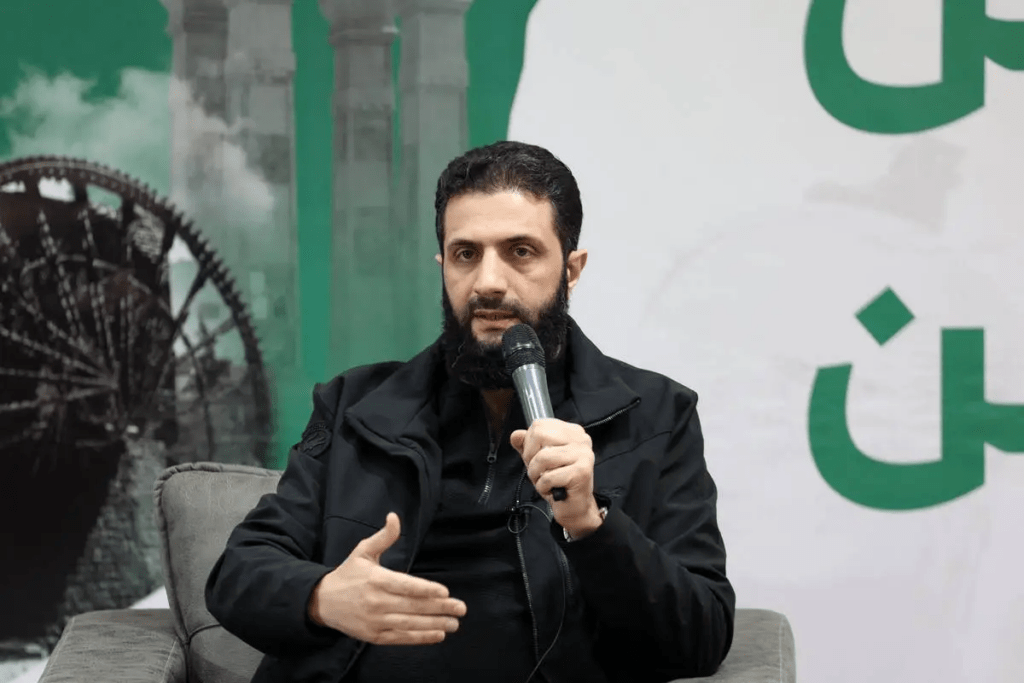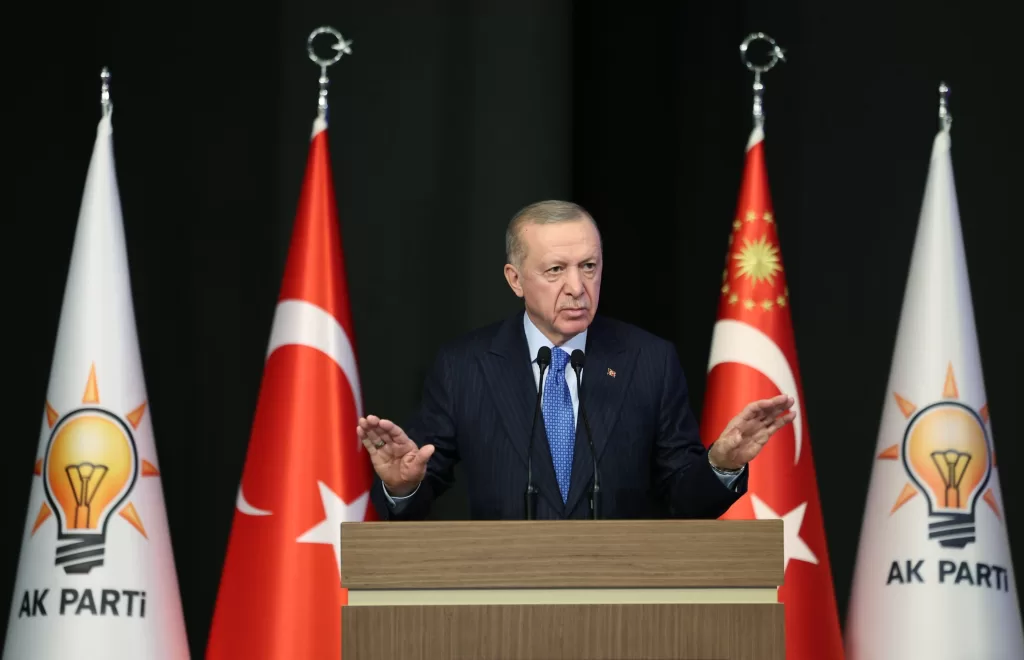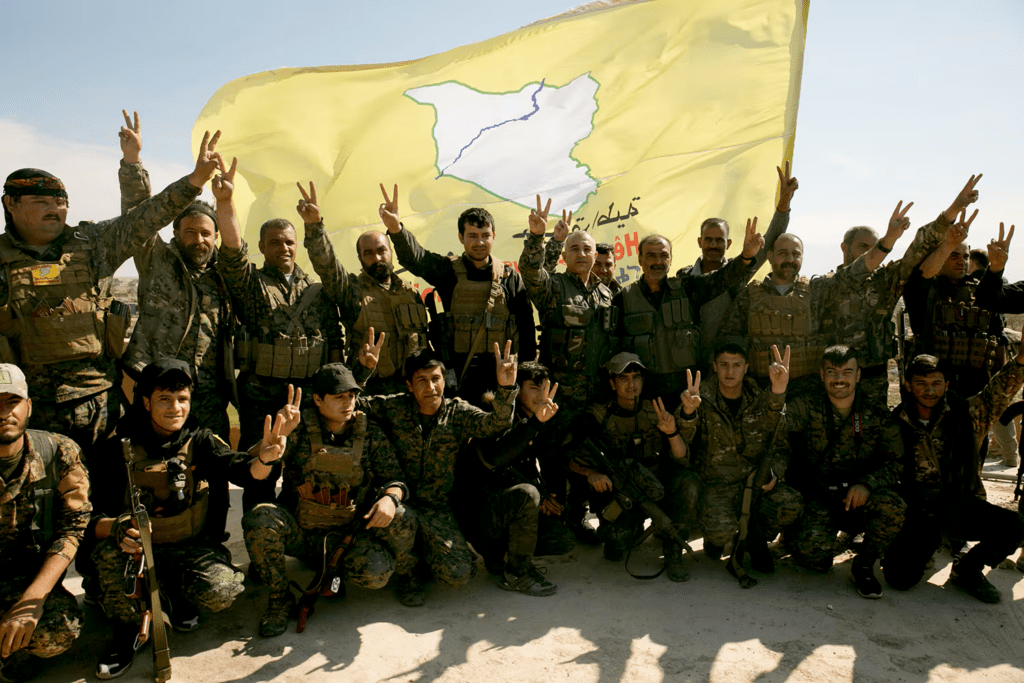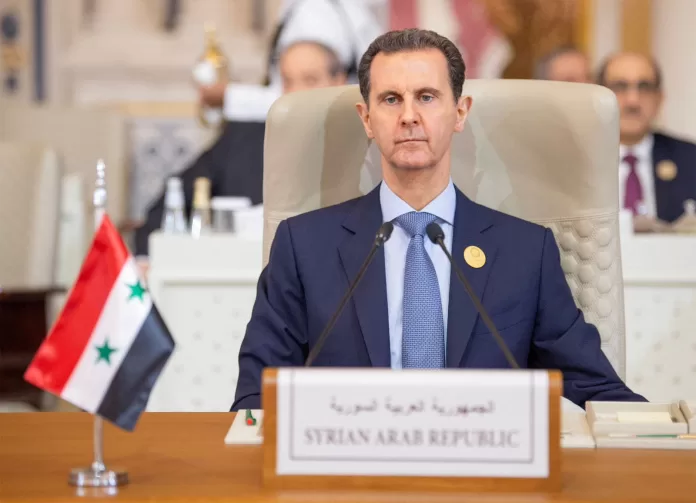Al Jazeera, on a lean day, in November 2012 quoted Syrian President Bashar Al Assad as saying, “I am Syrian, I was made in Syria, I have to live in Syria and die in Syria….” That was a rejoinder from the now fallen Alawite leader to an offer from the then British Prime Minister David Cameron, asking the Baathist ironman to step down and make way for an inclusively-governed Syria. A decade down the line, the Alawite kingpin is in a state of embarrassment after having fled Damascus without putting up a fight even for a single day. The way Assad decamped and made Moscow his new abode is a telling tale of how dictators, especially those who reign supreme on crutches of others have an un-ceremonial exit.
That incidentally also sealed the fate of Baathism in the Middle East as the Assad dynasty was the last of the Bohemians to crumble after Saddam Hussain in Iraq, and similar minions earlier in Jordan and Lebanon. Hafiz Al Assad and Bashar, the father-son duo, who ruled the linchpin Arab state since 1963 have left behind nothing but ruins and bad blood. Their legacy will be remembered as one of defiance to further their self-interests.
Syria, as renowned British journalist Robert Fisk, who reported from the flashpoints of Mideast for more than two decades, used to say is a melting pot of pseudo-democracy and autocracy that sends down vibes for the entire region. It’s like Europe catching cold if France sneezes! That is the case even today, as a despot has made way for a terror-designated organization to rule Syria. Abu Mohammed Al-Jolani, the leader of Hayat Tahrir Al-Sham (HTS), is now calling the shots in the ravaged republic of Syria. There are plenty of questions in the moral, strategic and political realms as to what prompted the man engaged in terrorism in Iraq as a bona-fide of Al Qaeda to have a walkover from Aleppo to Damascus, and no eyebrows were raised.
Rather, the acceptability that he is getting from Western and Arab states speaks high of realpolitik, and hints at skeletons in the cupboard. Jolani and HTS, however, have desisted from playing to the gallery as there are no reports of going berserk, or flaunting of weapons and taking the minorities for a ride. This, nonetheless, does not mean that there has been no persecution of minorities, especially Alvis and Shias, after the debacle of Damascus. Likewise, the fact that the HTS top-brass has agreed not to cross swords with the defunct Syrian Army, and let the bureaucracy continue unscratched is a good omen.
The HTS leader and commander-in-chief of the new administration, Ahmed al-Sharaa, has appointed Mohammed Al-Bashir to lead a caretaker government until March 1. Bashir, a technocrat, lauded for his exemplary administrative skills as he headed the Syrian Salvation Government (SSG) in Idlib, a province in northwest Syria, now has a gigantic task to keep the country free from revulsions and stay afloat in terms of civic provisions and security.
The million-dollar question is will Jolani be able to deliver in terms of restoring inclusive governance, broker sectarian harmony and convince the international conglomerate to waive sanctions? Period! If he can, it will be epoch-making. But the reality is that the HTS cannot dominate the diverse sociological tapestry of Syrian society, especially the sectarian feud, and get along with the blood-tainted mosaic of the beleaguered Arab country, and Jolani under stands that in toto. Let’s have a cursory look at the evolving situation and what regional and international ramifications are in line:
The exit of Alawites has rendered a strategic blow to Iran and Russia. Syria was a Russian garrison and Iran, likewise, a launching pad for regional ambitions. Moscow is keeping its fingers crossed, irrespective of the fact that it stays put on two strategic naval bases:

Tartus and Latakia, on the horizons of the Mediterranean. The Kremlin’s new contention is that it will make use of both these ports for humanitarian assistance. With the new administration of President Donald Trump looking the other way around, it seems a non-confrontational format between Moscow and Washington is in the making.
Iran, nevertheless, is at the weakest moment of its history since the 1979 Islamic Revolution. Tehran was never so option-less even after being battered by Saddam Hussain in an eight-year long war (1980- 88), as it is today after being severed of its muscles in Lebanon and Syria. Hezbollah stands decimated, and its second-tier leadership will have to pull many rabbits to make their presence felt once again. Their regrouping will take a long time. Likewise, Tehran’s influence over Houthis, Iraqi Shia militias and Hamas is thinning.
For the first time in three decades, Iran’s access to Lebanon has been cut off, and there is literally no supply line to funnel in men and arms. The bottom-line is that Syria will be off-limits for Iran for quite some time, and the only way out for the revolutionary regime is to readjust to the changing realities, and strike a new balance with the emerging order in Levant.
It is worth noting that even the Shia militias who had kept Asad in power for long by providing auxiliary support are now nowhere to be seen. Baghdad has withdrawn its diplomats from Damascus, and Tehran is non-committal on its future strategy. So much so that Syrian diplomats worldwide are keeping their fingers crossed awaiting new directions from a gun-trotting regime that is itself not sure of how things will fall its way. The absence of a United Nations and the silence that regional Arab states have maintained is prelude to a storm. The winner at the moment is Turkiye. Ankara has killed many birds with a single stone, and the only concern is repatriation of Syrians from Turkiye in a phasedout peaceful manner. The fact is that Turkiye had been a longtime supporter of Syrian rebels and, thus, stands to gain.

At the same time, Ankara does not want to see a new wave of sectarianism that might implode into refugees’ influx in its direction.
While major swatches of Syria are under Turkish-Kurds, rebels or militias control, a new axis of governance with American support can be on Ankara’s radar. President Recep Tayyip Erdogan has an opportunity in disaster to flex the muscles and reorient Middle East policy by having a dominant say in Syrian affairs, especially as his country has exited the 100 years Treaty of Lausanne and is looking forward to a new era.
Last but not least is the role of the United States. With Tel Aviv gaining an upper hand in regional affairs, Washington too will have an axe to grind with many of the ‘rogue’ Arab states. To a question with Trump on his inauguration day, the president was eloquent as he said, “… we will look after our interests and business, and will not mind flying into Riyadh if they (Saudi Royals) buy weapons (once again) to the tune of $400bn from us…” That is commerce diplomacy in the making at the Capitol Hill, and strategic blackmailing is surely going to take a back seat.
As it is on the list of priority, the US is likely to opt for withdrawing the remaining 900 troops stationed in Syria’s northeast; look into the prospects of working with HTS after removing it from the designated list of a terrorist organization; lifting of economic sanctions on Syria to help it rebuild and gain a sound footing in self-reliance after 13 years of civil strife; and last but not least, assist in recovering assets looted by Assad and his cronies worth billions of dollars.
On the strategic mosaic, Washington will apparently remain bogged down in cajoling a new understanding between the US-allied Kurds, Turkey-backed components and militias that had played a pivotal role in ousting Assad. Many of them run their separate fiefdoms in northern Syria. Bringing them under a new umbrella of political governance will be a daunting task, and Trump as a passionate deal-maker will have to exhibit his talent and a little arm-twisting, if desired. Now is the time for the US to put an end to its ambiguous policy on Syria.
For long it has been an inconsistent strategy of pinning hopes on overthrowing Assad, being conscious of counterterrorism alike since 2014, when militias swept across Syrian landmass; and subsequently an uneasy alliance with the Syrian Democratic Forces (SDF), a Kurdish-led militia that defeated ISIS.

But now with the same militias holding sway of Syria, it is a difficult nut to crack. While Turkey views the SDF as a Kurdish terrorist organization, the US-Turkiye ties are in need of a reset. With Syria in a state of confusion and without a formal writ, it is at the verge of Balkanization. That is what is in need of being prevented, and maintaining the territorial integrity of the Arab state is a must of regional peace and security.
Syria conventionally was threatened by Israel but now it faces plausible Turkish incursions as Ankara has deep-rooted stakes in the chaotic state. Assad’s downfall was fait accompli, and there wasn’t much to prevent it from happening. The irony is that pro-Alawite regional stakeholders Iran, Russia and Lebanon saw it coming.
As they converged for a huddle a few weeks ago in Doha, it was a writing on the wall that Damascus will fall. But none imagined that it would be so swift like a house of cards. The intrusion of HTS and Shia militias’ running wayward has opened a new vista of militancy and proxy warfare.
The least that could be done to stop a genocide in the making is to minimize external involvement in Syria, and let the people rewrite a new social contract. If not, then ancient scriptures quote the sixth revered holy Imam of Shi’ism, Imam Jaffer Al-Sadiq, as saying that the return of Umayyads to Damascus will be a prelude to Armageddon. Are we on the verge of it?




